What Makes a Tarantula ‘Cheap’?
The world of tarantulas is fascinating, and for many, the allure of owning one is strong. However, the price can be a significant factor in deciding whether to bring one of these eight-legged creatures into your home. When considering ‘cheap’ tarantulas, it’s essential to understand what influences their cost. Several factors contribute to a tarantula’s price tag, making some species more affordable than others. These factors include the species’ popularity, availability, ease of breeding, and the care requirements. Less common or more difficult-to-breed species tend to be pricier, while those that are readily available and relatively easy to care for often fall into the ‘cheap’ category. Additionally, the age and size of the tarantula play a role, with smaller, younger specimens generally costing less than fully grown adults. Understanding these elements helps potential owners make informed choices and find tarantulas that fit their budget and experience level.
Size and Age The Cheapest Tarantulas
As with many pets, the size and age of a tarantula significantly impact its price. Juvenile tarantulas, often referred to as spiderlings, are typically much less expensive than adult specimens. This is due to several reasons. Firstly, spiderlings are smaller and require less food and space, reducing the initial investment for the owner. Secondly, the breeder has invested less time and resources in raising them. However, buying a spiderling also means you’ll have to care for it through its entire growth cycle, which can take several years depending on the species. Adult tarantulas, while more expensive upfront, offer the advantage of already being fully grown, allowing you to see their full size and coloration. Moreover, the sex of the tarantula can also affect the price. Females, which live longer, are often more expensive than males. When looking for a ‘cheap’ tarantula, consider starting with a spiderling, but be prepared for the long-term commitment involved in raising it to adulthood.
Habitat and Care Needs Influence the Price
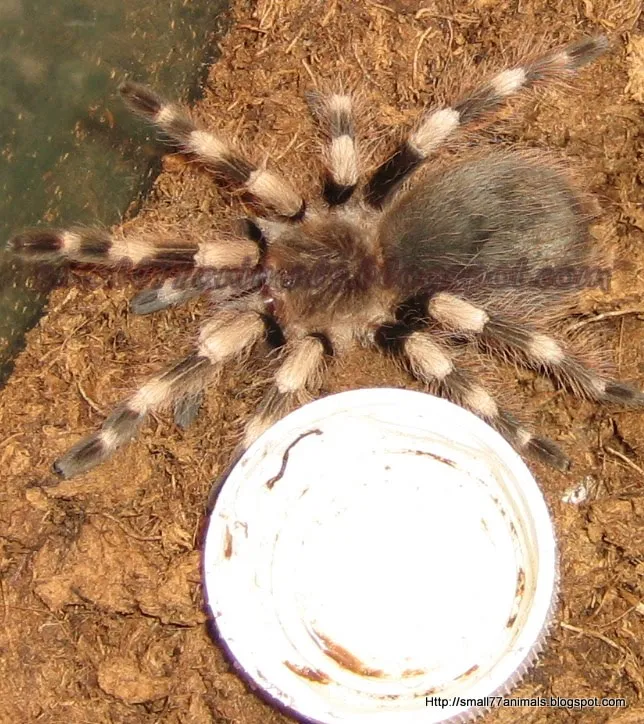
The cost of a tarantula is not just about the initial purchase price; the ongoing care requirements significantly influence the overall expense. Tarantulas with simpler care needs tend to be more affordable in the long run. Factors like the type of enclosure required, the substrate, heating, humidity levels, and the cost of food all contribute to the total cost of ownership. Species that thrive in more straightforward environments, with less demanding humidity or temperature requirements, are generally cheaper to maintain. Furthermore, the frequency and type of feeding also play a role. Tarantulas that eat readily available and inexpensive food items, such as crickets or mealworms, will be less costly to feed than those requiring specialized diets. Before buying a tarantula, research its specific needs to accurately estimate the long-term costs of providing proper care and ensure you can comfortably meet those demands without breaking the bank. Proper research is vital to ensure you choose a tarantula that aligns with both your budget and your capacity to provide appropriate care.
5 Amazing Cheapest Tarantulas Species
Several tarantula species are known for their affordability, making them ideal choices for beginner tarantula keepers. These species are typically readily available, easy to care for, and relatively inexpensive. Here are five of the most amazing and cheapest tarantula species you can consider adding to your collection:
The Chilean Rose Hair Tarantula
The Chilean Rose Hair (Grammostola rosea) is arguably one of the most popular and cheapest tarantulas. Known for their docile temperament and hardiness, these tarantulas are perfect for beginners. They are relatively slow-growing, which means they don’t require frequent rehousing and their care is straightforward, making them a low-maintenance option. Their availability is high, and their price is typically very reasonable, making them an excellent first tarantula choice. They are native to the deserts of Chile, meaning they can handle hotter temperatures and dry conditions without much effort. This makes them easy to keep in any standard enclosure.
The Pinktoe Tarantula
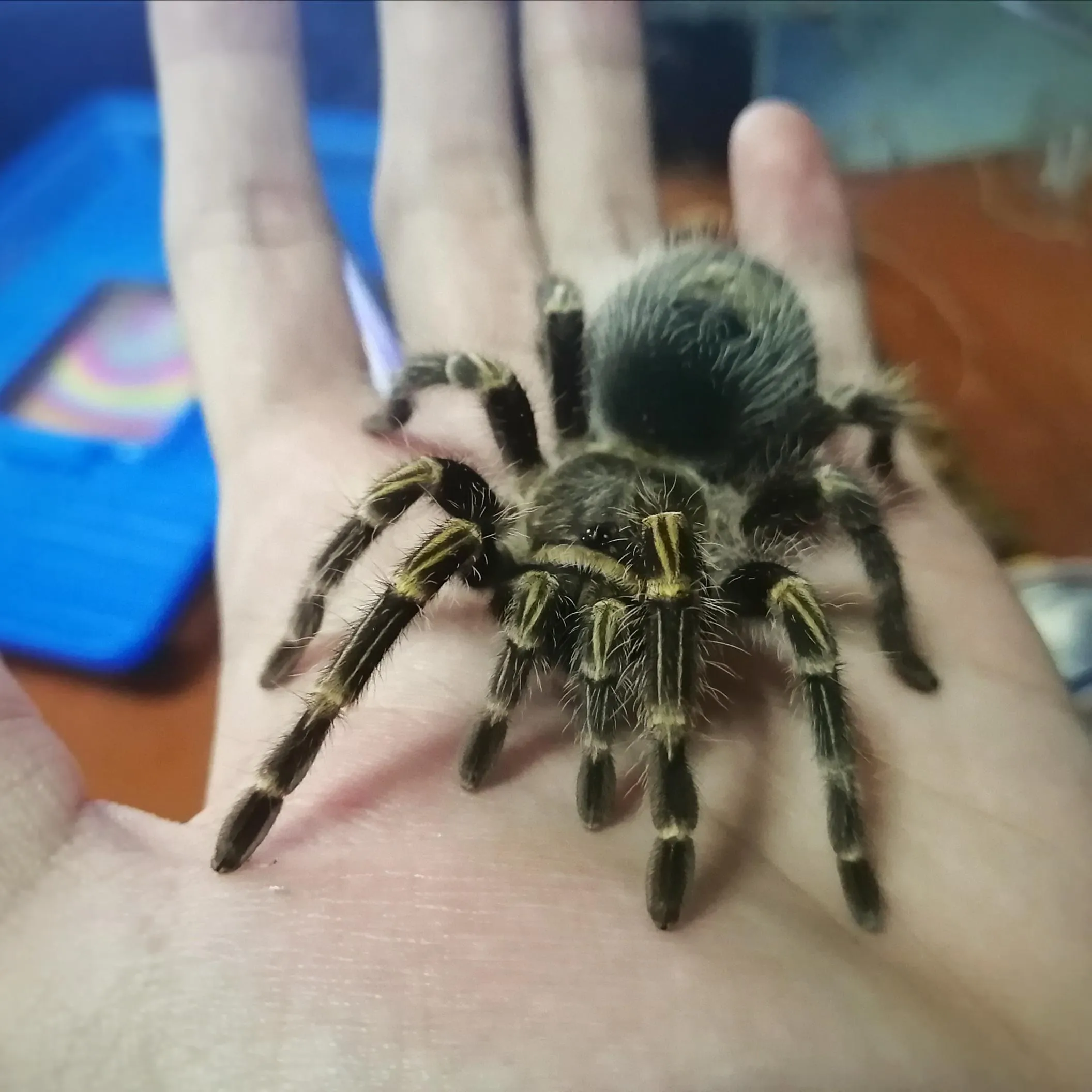
Pinktoe tarantulas (Avicularia avicularia) are another popular choice, known for their vibrant colors and arboreal lifestyle. They are generally more active than terrestrial species, offering a more engaging viewing experience. Their care requirements are slightly more demanding, requiring higher humidity levels. However, they are still relatively affordable and commonly available, making them a great choice for those seeking a more colorful and active tarantula. The Pinktoe tarantula’s striking pink foot pads add to its appeal, making it a visually stunning addition to any collection. Ensuring proper ventilation is crucial for their well-being.
The Curly Hair Tarantula
The Curly Hair tarantula (Tliltocatl albopilosus), named for its unique curly hairs, is a robust and adaptable species. They are known for their calm demeanor and are relatively easy to handle. Native to Central America, these tarantulas are accustomed to a range of conditions. Their care requirements are relatively simple, needing a moderate level of humidity and a basic substrate. They are readily available and typically offered at a reasonable price. Their docile nature and unique appearance make them another good choice for beginners looking for an interesting and affordable tarantula.
The Mexican Red Knee Tarantula
The Mexican Red Knee tarantula (Brachypelma hamorii) is a classic choice among tarantula enthusiasts. These tarantulas are well-known for their striking coloration and docile nature. They are relatively slow-growing, which means less frequent housing changes. Although their price might be slightly higher than some other species, their overall affordability and popularity make them a staple in the hobby. They are typically easy to care for, requiring a moderately humid environment and a substrate that allows them to burrow. Their iconic red and black markings make them a visually appealing and rewarding pet to keep.
The Brazilian White Knee Tarantula
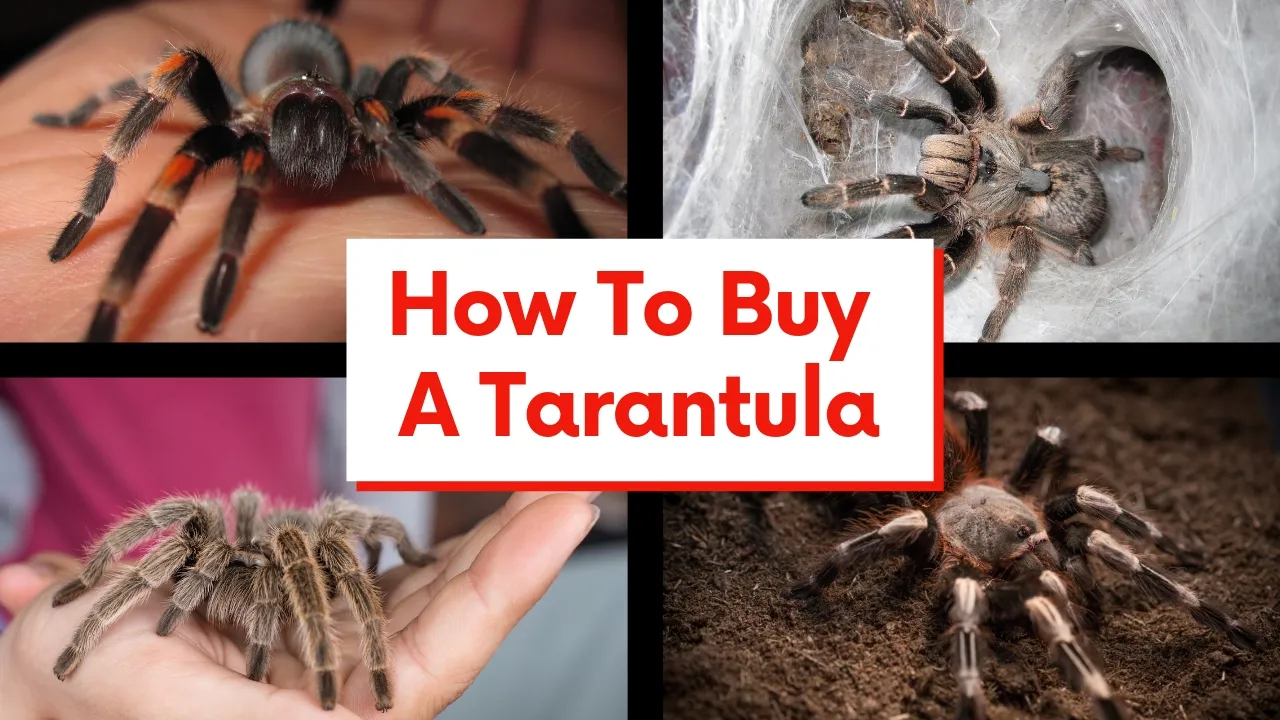
The Brazilian White Knee tarantula (Acanthoscurria geniculata) is a larger species, known for its impressive size and striking white markings on its legs. While they can grow quite large, they are generally docile and easy to care for, although they can be a bit skittish. Their care requirements are similar to other terrestrial species, requiring a moderate humidity level and a suitable substrate. Despite their size, they are relatively affordable and readily available. Their imposing size and distinctive appearance make them a captivating addition to any collection, particularly for those looking for a larger tarantula without a hefty price tag.
Where to Buy Cheapest Tarantulas
Finding affordable tarantulas requires knowing the right sources. Several options are available, each with its pros and cons. The most common places to find cheap tarantulas are online retailers, local breeders, and occasionally, reptile shows. Each option offers unique benefits and considerations, making it important to choose the one that best suits your needs and preferences. Researching different sellers and comparing prices is vital to ensure you get the best value and the healthiest tarantula possible. When deciding where to buy, always prioritize the health and well-being of the tarantula.
Online Retailers vs. Local Breeders
Online retailers offer a wide selection of tarantulas, often at competitive prices. They frequently have a broader inventory than local breeders, making it easier to find the exact species and size you want. However, the major drawback is that you can’t see the tarantula in person before purchasing it. Additionally, shipping live animals can be stressful for the tarantula, and there’s always a risk of delays or issues during transit. Local breeders often provide the opportunity to view the tarantula before buying, allowing you to assess its health and temperament. They may also offer more personalized advice and support. Local breeders typically have more in-depth knowledge of their tarantulas, increasing the likelihood of getting a healthy specimen. However, their selection might be more limited, and prices could sometimes be higher. Both online retailers and local breeders have their advantages, so the best choice depends on your priorities and preferences.
The Importance of Researching the Seller
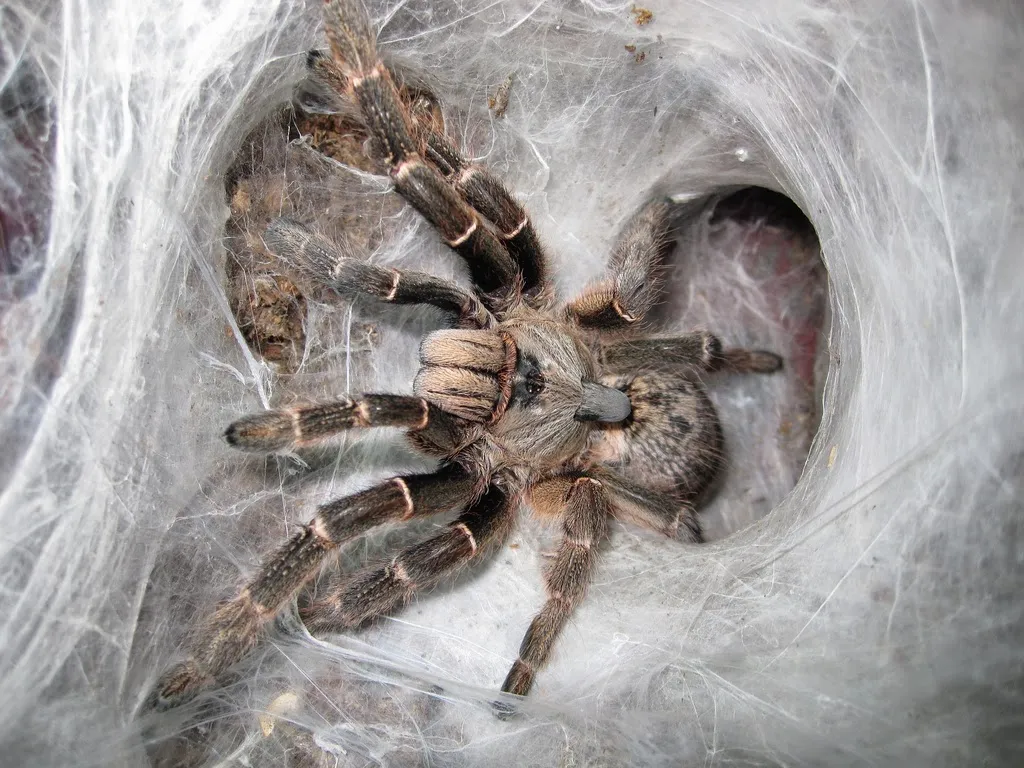
No matter where you choose to buy your tarantula, it is crucial to thoroughly research the seller. Look for reviews and testimonials from other customers to gauge their reputation. Check if the seller provides health guarantees and offers support for new owners. A reputable seller will be knowledgeable and willing to answer your questions. They should be transparent about their tarantulas’ origins, care, and any health issues. If possible, visit the seller’s facility to assess the conditions in which the tarantulas are kept. Prioritizing ethical and responsible sellers will increase your chances of acquiring a healthy and well-cared-for tarantula. Careful research helps ensure you are supporting a seller who prioritizes the animals’ well-being and provides reliable service.
Essential Care Tips for Cheap Tarantulas
Caring for a tarantula, even a cheap one, requires commitment and understanding. Proper care involves creating a suitable habitat, providing the right food, and handling your tarantula safely. Researching the specific needs of your chosen species is essential to ensure their health and happiness. Taking the time to learn about their needs and habits is critical for your tarantula’s long-term well-being. From setting up the enclosure to providing a nutritious diet and understanding safe handling practices, the more you know, the better you can care for your pet tarantula.
Creating the Ideal Habitat
The habitat is the foundation of your tarantula’s well-being. The enclosure should be the appropriate size for the species, with enough space for your tarantula to move around. It should be escape-proof, with a secure lid. The substrate, which is the material at the bottom of the enclosure, should be chosen based on the species’ natural habitat. A good substrate will help maintain humidity and provide a place for the tarantula to burrow or hide. Provide hides, such as cork bark or artificial plants, where your tarantula can retreat. The enclosure’s size and furnishings should mimic their natural environment. Temperature and humidity levels should be maintained according to the species’ needs. Regular cleaning and maintenance of the enclosure are crucial to prevent the build-up of waste and maintain a healthy environment. Proper enclosure set-up is vital for your tarantula’s health.
Feeding and Watering Your Tarantula
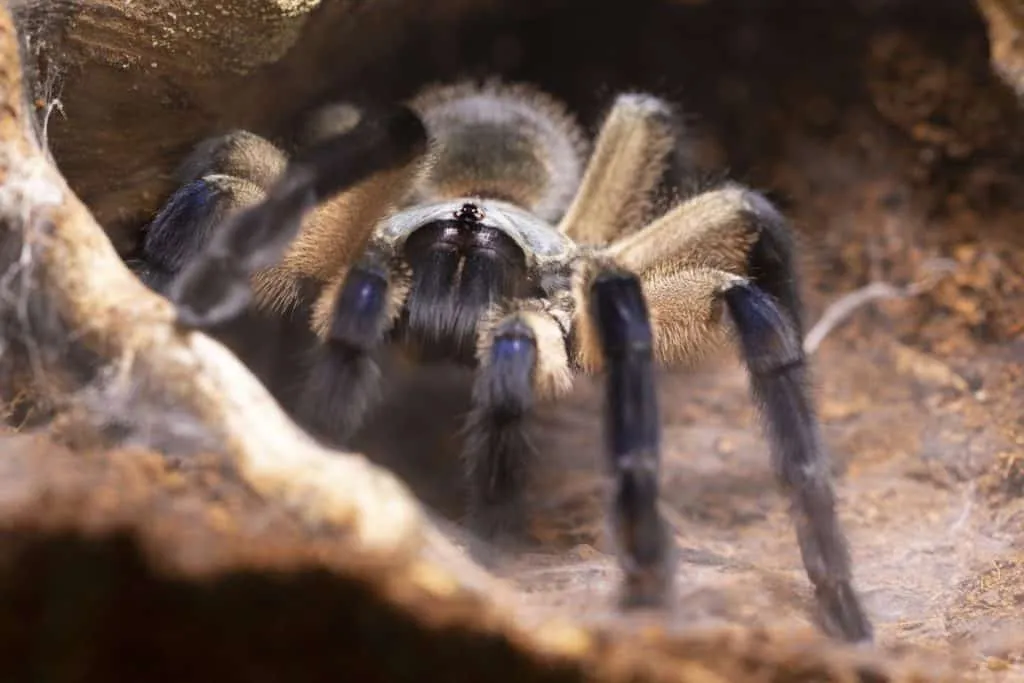
Feeding and watering are critical aspects of tarantula care. The diet of a tarantula primarily consists of insects, such as crickets, mealworms, and roaches. The size and type of food should be appropriate for the tarantula’s size. Juvenile tarantulas need to be fed more frequently than adults. Overfeeding should be avoided, as it can lead to health problems. Provide a shallow dish of fresh water at all times. Ensure the water dish is shallow enough to prevent the tarantula from drowning. Regularly check and refill the water dish to keep the tarantula hydrated. Observe your tarantula’s eating habits and adjust feeding frequency accordingly. A well-fed tarantula is a healthy tarantula.
Handling and Safety Precautions
Handling a tarantula should be approached with caution. Not all tarantulas enjoy being handled, and some species are more prone to defensive behaviors, such as biting or flicking urticating hairs. Always approach a tarantula slowly and calmly. Avoid sudden movements that might startle it. If you must handle your tarantula, do so over a soft surface to minimize the risk of injury if it falls. Be aware of the urticating hairs some species possess, which can cause skin irritation. Wash your hands thoroughly after handling your tarantula or its enclosure. Always supervise children when they are near the enclosure. Respecting your tarantula’s boundaries and practicing safe handling techniques will protect you and your pet.
Conclusion
Owning a tarantula can be a rewarding experience, and finding an affordable one makes it accessible for more people. By understanding what makes a tarantula ‘cheap,’ researching different species, and purchasing from reputable sources, you can bring a fascinating creature into your home without breaking the bank. Remember, the cost is just one aspect of owning a tarantula. Providing proper care, including the right habitat, food, and handling practices, is essential for your tarantula’s health and happiness. With careful planning and dedication, you can enjoy the unique experience of keeping a tarantula, one of the most amazing and cheapest tarantula species available.
